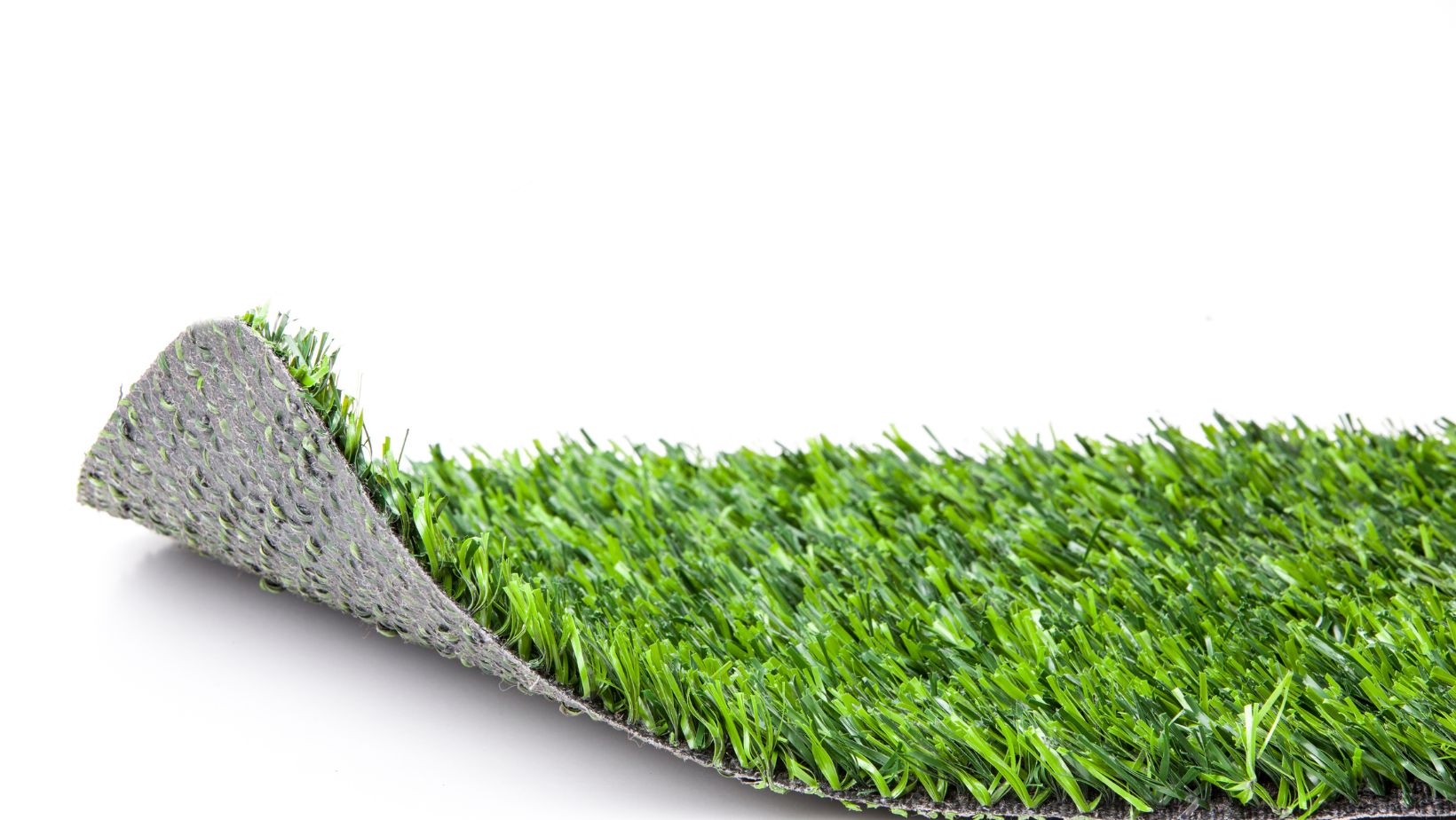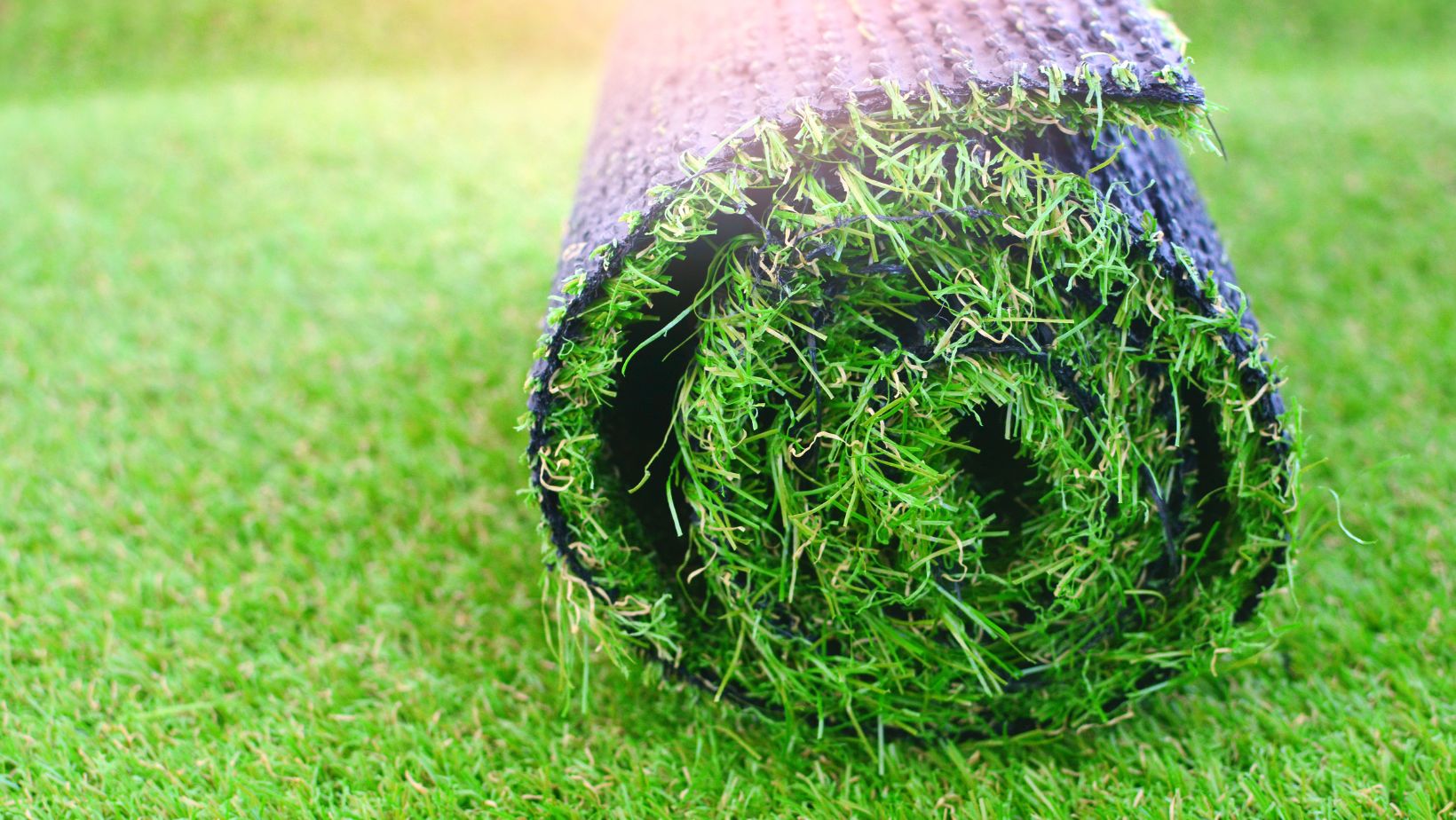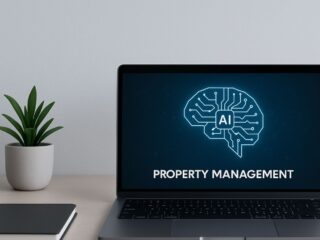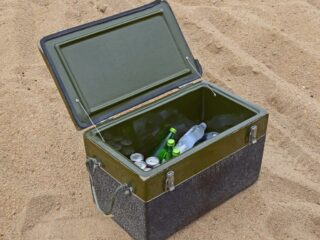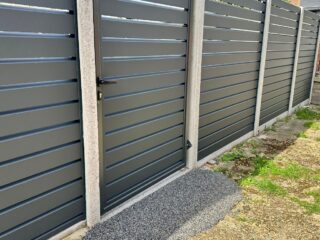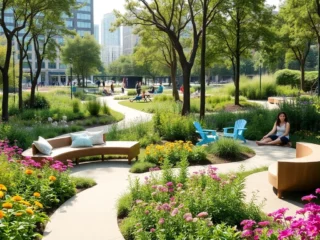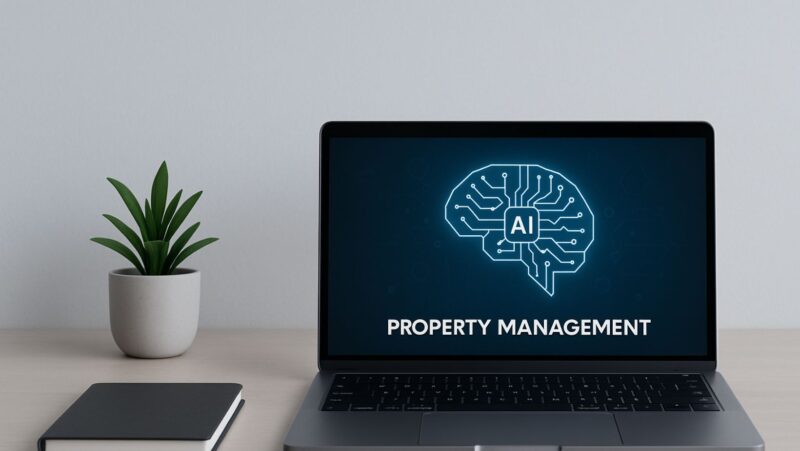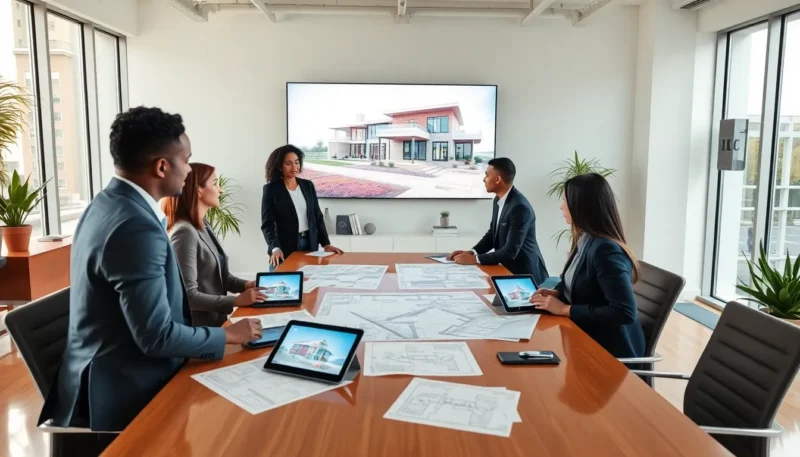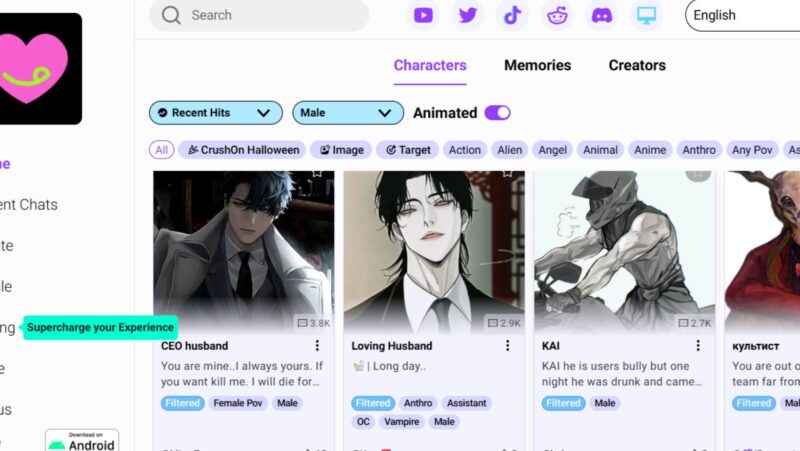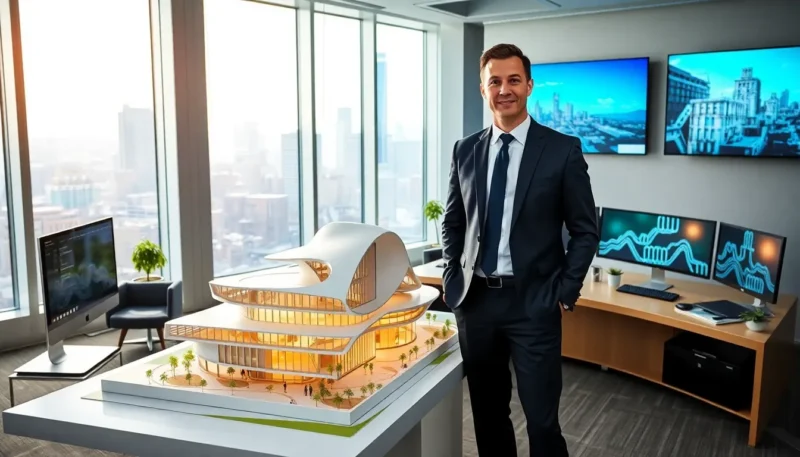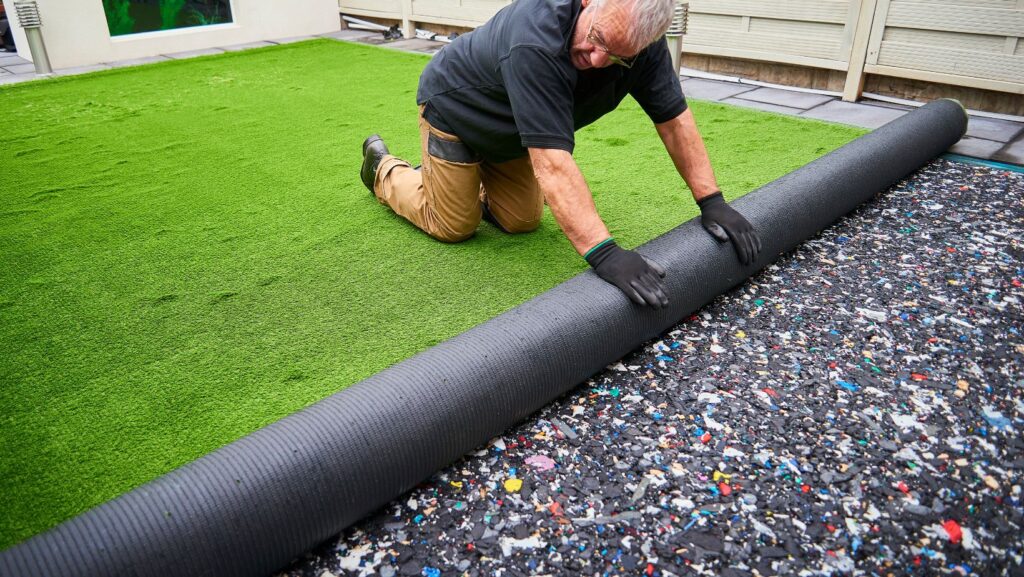
The main appeal of artificial grass is its low maintenance. But while you won’t have to get the lawnmower out, your clients will still need to put some commitment into looking after their lawns to keep them clean and functional, especially in high-traffic areas.
If you’re specifying artificial turf in your designs, you’ll want to have the right synthetic grass knowledge to pass on to your clients—and knowing how it performs over time is just as important as how it looks on day one.
Here’s everything architects should know about artificial grass upkeep.
It Doesn’t Clean Itself
Like any other surface outdoors, artificial grass experiences a buildup of dust, pollen, bird poop, and air pollution. If the surface isn’t regularly cleaned, this unwanted dirt can build up, making the turf smell and possibly even change color.
When it comes to cleaning synthetic grass, a hose will do the legwork in a weekly clean, but it won’t remove everything. If you’re specifying fake grass for a large commercial urban space or a garden that’ll see heavy use, your client will need to plan for professional turf cleaning services from a company like https://www.dirtyturf.com/ at least twice a year.
Foot Traffic Affects Appearance
Just as real grass takes the brunt of it in higher-use areas, artificial turf becomes flattened and more carpet-like when it sees a lot of foot traffic. This is especially likely to happen when you’re specing turf for school play areas, rooftop terraces, office gardens, and other commercial spaces.
If your client wants their turf to stay upright and springy, they’ll need to brush it regularly with a power broom. But if they’re looking to avoid getting their hands dirty as much as possible, let them know that some cleaning companies offer this as part of a full turf maintenance package.
Drainage Can Get Blocked Without Attention
Most artificial turf systems have a base layer and perforated backing for drainage, but the infill can still get clogged by things like leaves and soil, preventing water from draining like it should.
Your clients need to be aware of the issues that can be caused by blocked drainage, including the formation of puddles that encourage mold and mildew growth and potentially freeze in the winter, affecting the finish of the turf.
Cleaning Services Exist for a Reason
If you’re just specifying artificial grass for a small residential garden, your client might do just fine looking after their own turf with a hose and rake. But when you’re planning a larger project, particularly if it’s on a public-facing site, your client will need to be aware of professional turf cleaning.
Artificial turf cleaning companies usually offer services like vacuuming or power washing the turf, brushing it up, removing algae, and deodorizing the surface. It’s your job to make turf maintenance part of the handover plan, not an afterthought.
Final Thoughts
Artificial grass can work in modern design, but that doesn’t mean you should sell it as a fit-and-forget solution.
If you want your clients to be happy long after installation, you’ll need to factor upkeep into your specs – and steer them towards regular cleaning services if needed.

